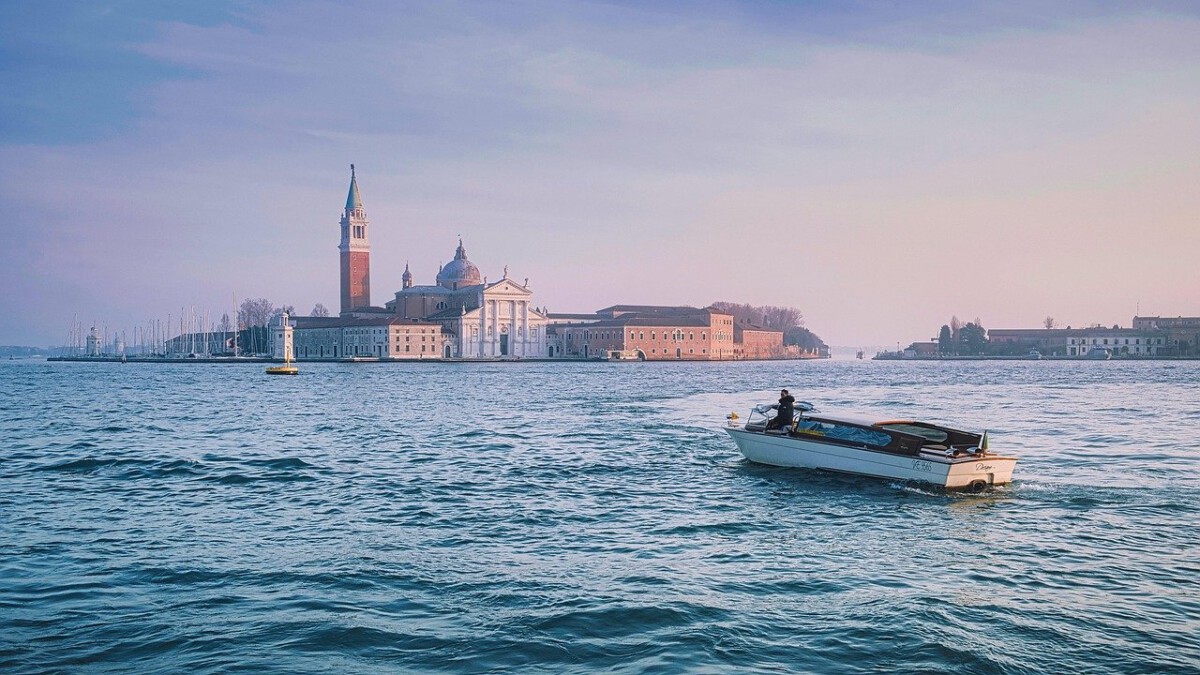Overcrowding in Major Cities

Amsterdam, Utrecht, and Rotterdam have seen an overwhelming influx of tourists, with the Dutch Central Bureau of Statistics (CBS) reporting nearly 20 million international visitors in 2023. Public transport, museums, and key neighborhoods are frequently congested, making daily life challenging for residents. The iconic Dam Square and the Van Gogh Museum now experience hours-long queues. City officials have noted a rise in complaints from locals about noise, waste, and crowded public spaces. The pressure on amenities has forced authorities to reconsider how many tourists the cities can realistically accommodate. The government is now prioritizing plans to manage these numbers more effectively to preserve both heritage sites and the urban environment.
Environmental Concerns

Environmental sustainability has become a crucial concern in Dutch policy-making, particularly regarding tourism. The Netherlands’ climate targets include cutting greenhouse gas emissions by 55% by 2030, a goal threatened by the carbon footprint of millions of visitors. The Netherlands Environmental Assessment Agency (PBL) reported in 2022 that tourism accounted for about 8% of national emissions, primarily from aviation and hotel operations. The increased litter and water usage in popular areas have also raised alarms among environmental groups. The government has responded by encouraging eco-friendly transport, such as cycling and electric buses, for tourists. Municipalities like Amsterdam have ramped up initiatives to limit pollution from short-term stays. National strategies now emphasize balancing economic benefits with the urgent need to protect the country’s fragile ecosystems.
Local Resident Pushback

Residents in tourist hotspots are voicing strong opposition to unchecked tourism. A 2024 survey by the Amsterdam University of Applied Sciences revealed that 63% of locals believe tourism negatively impacts their neighborhoods. Many cite rising rents, overcrowded public spaces, and increased noise as major grievances. Protests and petitions have become common, especially in central Amsterdam and Haarlem, where historic districts are being transformed by tourist-oriented businesses. The feeling of being pushed out of one’s own community is a recurring theme in local media. Some neighborhoods have organized resident groups to advocate for restrictions on tourist accommodation. These grassroots movements have influenced city councils to take concrete steps towards limiting tourism’s disruptive effects. The government is currently drafting new policies to ensure residents’ interests are protected.
Regulatory Changes on Short-Term Rentals

In response to housing shortages exacerbated by tourism, Dutch cities are tightening regulations on short-term rentals. Amsterdam’s city council reduced the rental limit for properties from 60 to 30 days per year, a move backed by research from the Amsterdam Institute for Advanced Metropolitan Solutions in 2023. This regulation aims to free up more housing for locals and curb the proliferation of illegal rentals. Authorities have increased inspections and fines for non-compliance, resulting in a notable drop in Airbnb listings in key districts. The impact has been significant, with rental prices stabilizing in some neighborhoods for the first time in years. Other cities, including Utrecht and The Hague, are now considering similar restrictions. These measures are designed to prioritize long-term residents and maintain the character of local communities.
Promotion of Regional Tourism

To alleviate pressure on urban centers, the government has launched campaigns to attract tourists to lesser-known regions. The Netherlands Board of Tourism & Conventions (NBTC) reported a 15% rise in regional tourism in 2023, highlighting destinations like the Frisian Islands, Zeeland, and the Veluwe National Park. These areas now receive increased funding for tourism infrastructure, including bike trails and visitor centers. Local businesses in these regions have benefited from the influx, with many reporting their best seasons on record. Marketing efforts emphasize unique landscapes, local festivals, and authentic Dutch experiences outside the big cities. The strategy aims to distribute tourist spending more evenly across the country. Regional authorities hope this approach will ensure sustainable growth while preserving urban quality of life.
Focus on Quality Over Quantity

Dutch tourism authorities are increasingly prioritizing the quality of visitor experiences over raw numbers. A 2024 World Travel & Tourism Council report noted a shift in traveler preferences towards authenticity and depth rather than mass sightseeing. The Netherlands is responding by developing curated tours, artisan markets, and cultural workshops that foster meaningful connections with local communities. High-spending, respectful tourists are now the preferred demographic, as they tend to stay longer and support small businesses. Museums and attractions have started offering limited-entry tickets to enhance the visitor experience. This change in focus is intended to foster positive interactions between locals and tourists. By emphasizing quality, policymakers aim to preserve cultural heritage while still benefiting economically from tourism.
Investment in Sustainable Infrastructure

Significant investment is underway to make Dutch tourism more sustainable. The government has allocated €200 million for expanding electric public transport and bike-sharing schemes, particularly in areas heavily trafficked by tourists. The Dutch Ministry of Infrastructure and Water Management’s 2023 report highlighted the rollout of electric buses in Amsterdam and Rotterdam, reducing emissions and noise pollution. The expansion of bicycle lanes and the introduction of green hotels are part of a broader effort to achieve the country’s climate goals. Tourism operators are being encouraged to adopt eco-certifications and reduce single-use plastics. City councils have also invested in upgrading waste management systems in popular tourist zones. These infrastructure projects are critical to aligning tourism growth with the Netherlands’ long-term environmental targets.
Collaboration with Local Communities

The success of tourism policy reforms in the Netherlands depends heavily on collaboration with local communities. The “Tourism in Balance” program, launched in 2023, brings together residents, municipal leaders, and businesses to co-create sustainable tourism strategies. The University of Groningen’s 2024 study found that such partnerships lead to higher satisfaction among locals and better project outcomes. Municipalities are holding town hall meetings and focus groups to gather input on new initiatives. Community members are invited to participate in decision-making regarding the placement of attractions and regulation of tourist flows. These collaborations have already resulted in more balanced and widely accepted tourism plans. Grassroots involvement is seen as essential for maintaining social harmony and ensuring tourism remains a benefit, not a burden.
Future Outlook for Dutch Tourism

The Netherlands is entering a new era of tourism shaped by sustainability, regulation, and community engagement. The NBTC projects that international visitor numbers will stabilize at around 18-20 million annually over the next few years, with a shift towards higher-value, lower-impact tourism. Efforts to promote the country’s lesser-known regions are expected to accelerate, further distributing the economic benefits. Policymakers are monitoring the outcomes of regulations on short-term rentals and urban crowd management closely. The evolving landscape reflects a broader European trend towards responsible tourism, seen as essential for long-term economic and environmental health. The ongoing reforms are positioned to ensure tourism enhances rather than overwhelms Dutch society.







